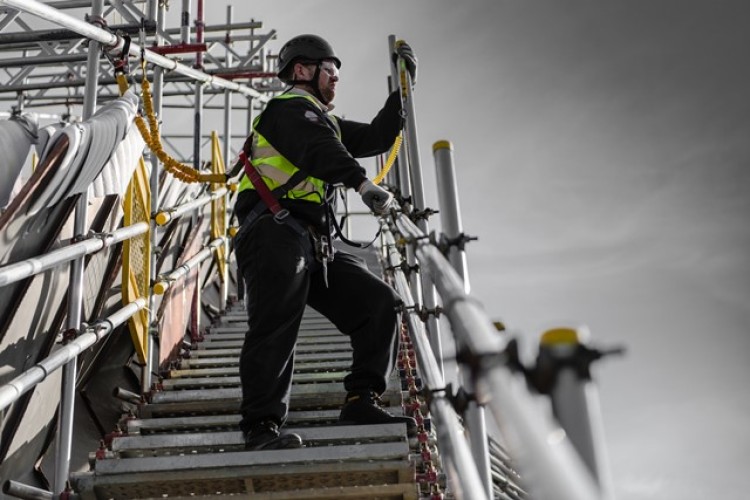
Scaffolding is an essential component in construction and maintenance projects, providing a temporary structure that supports workers and materials at elevated heights. With various scaffold systems available, understanding their specific uses and applications can help ensure safety, efficiency, and effectiveness on the job site. This article provides a 工作平台架 comprehensive overview of the different types of scaffolding systems and their ideal uses, offering insights into how to choose the right scaffold for your project needs.
1. The Basics of Scaffolding
Scaffolding systems are designed to offer a stable platform for workers and materials during construction, repair, or maintenance tasks. The primary purpose of scaffolding is to provide access to high or hard-to-reach areas while ensuring the safety of those working at heights. Scaffolding can be categorized into several types based on design, material, and application. Understanding these categories helps in selecting the most appropriate scaffold system for a given task, enhancing both productivity and safety.
2. Frame Scaffolding
Frame scaffolding, also known as traditional scaffolding, is one of the most common types used in construction. It consists of a series of vertical frames, horizontal rails, and cross braces that form a sturdy, modular structure. This type of scaffold is versatile and can be assembled quickly, making it suitable for various applications, including residential, commercial, and industrial projects. Frame scaffolding is often used for tasks such as painting, siding installation, and masonry work, providing stable and reliable access to elevated areas.
3. System Scaffolding
System scaffolding, sometimes referred to as modular scaffolding, is a more advanced type that offers flexibility and ease of assembly. It uses pre-engineered components, such as vertical posts, horizontal ledgers, and diagonal braces, that connect together in a modular fashion. This type of scaffolding is particularly useful for complex structures and large-scale projects, including high-rise buildings and industrial facilities. System scaffolding allows for quick adjustments and customization, making it ideal for projects with varying heights and configurations.
4. Suspended Scaffolding
Suspended scaffolding involves a platform that is suspended from an overhead structure, such as a building’s roof or an elevated beam. This type of scaffold is commonly used for tasks that require access to the exterior of tall buildings, such as window cleaning, facade repairs, and painting. Suspended scaffolding can be either single or double-point, depending on the number of support points and the stability required. It is essential to ensure proper installation and maintenance to avoid potential safety hazards associated with suspended platforms.
5. Rolling Scaffolding
Rolling scaffolding, also known as mobile scaffolding, is designed with wheels or casters that allow the scaffold to be moved easily from one location to another. This type of scaffolding is particularly useful for tasks that require frequent repositioning, such as interior painting, light fixture installation, and drywall work. Rolling scaffolds come in various sizes and configurations, offering flexibility and convenience for indoor projects. However, it is crucial to ensure that the wheels are locked and the scaffold is stable before use to prevent accidents.
6. Cantilever Scaffolding
Cantilever scaffolding is a specialized system that extends out from a building or structure without vertical supports from the ground. It is commonly used in situations where space is limited, or where the ground is uneven or obstructed. Cantilever scaffolding relies on horizontal support beams anchored to the structure, providing a stable platform for workers. This type of scaffold is often used for building renovations, bridge construction, and other projects where ground access is challenging.
7. Choosing the Right Scaffolding System
Selecting the appropriate scaffolding system for your project involves considering factors such as the type of work to be performed, the height and complexity of the structure, and the site conditions. Each scaffold system has its advantages and limitations, making it essential to match the system to the specific requirements of the job. Additionally, ensure that all scaffolding is assembled and maintained according to safety regulations and industry standards to protect workers and prevent accidents.
In conclusion, understanding the different types of scaffolding systems and their uses is crucial for ensuring a successful and safe project. Whether opting for frame scaffolding, system scaffolding, suspended scaffolding, rolling scaffolding, or cantilever scaffolding, each type offers unique benefits that cater to various needs and applications. By selecting the right scaffold system and adhering to proper safety practices, you can enhance productivity and ensure a secure working environment at elevated heights.